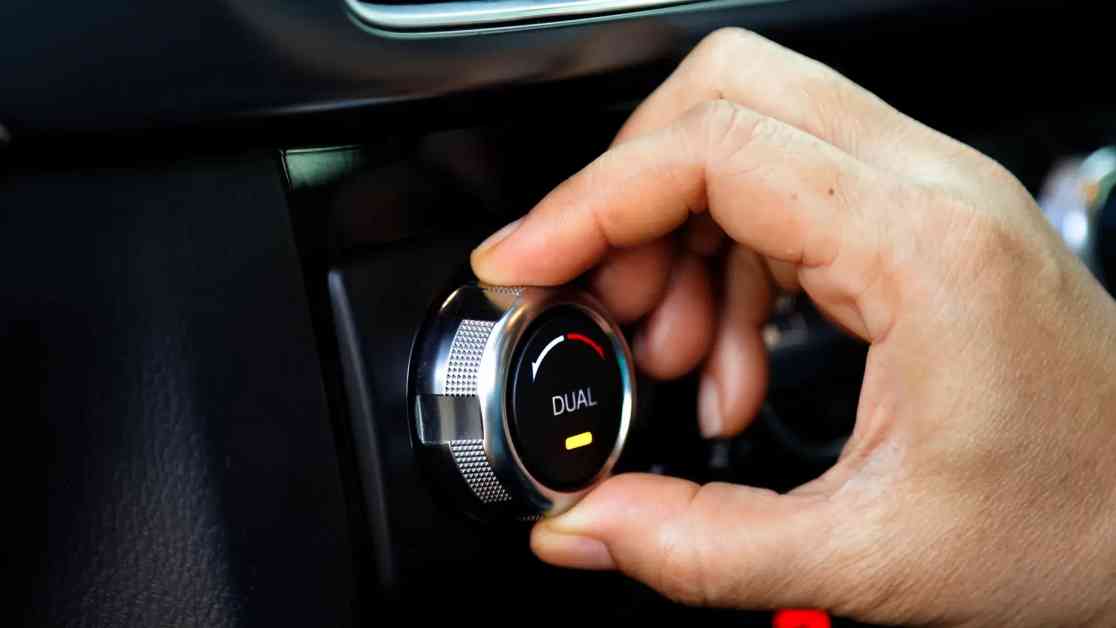As winter approaches and temperatures drop, the last thing you want is to get into your car and find that the heater is not working. It can be frustrating and uncomfortable, especially during cold mornings or evenings.
Most cars have a similar heater system, with coolant from the engine passing through a heater core and then being blown into the cabin by a blower fan. However, electric vehicles have different heating systems that rely on electric coils or heat pumps to generate warmth.
If your car is older, you may experience more heater issues as parts deteriorate over time. Understanding the common reasons for a car heater not working can help you diagnose and potentially fix the problem yourself.
One common issue is a malfunctioning blower motor. If you turn on your car’s ignition and do not feel or hear any air coming out of the vents when the fan speed is set to full, the blower motor may be the culprit. Checking the fuses, relays, and resistors associated with the blower motor can help identify the problem.
Another common reason for a non-working heater is a broken heater core. This can be identified by coolant leaking onto the passenger footwell. It’s essential to distinguish this from a leaking air-conditioner condensation dump, as the solutions are different. Replacing a heater core can be a complex and costly repair, so it’s best to consult a professional.
A malfunctioning control panel can also prevent the heater from working correctly. Older cars use physical cables, while newer models use electric switches to regulate the heat levels. Inspecting the blend door and control panel for any visible issues can help determine if this is the cause of the problem.
A jammed heater tap can also lead to heating issues in a car. This tap regulates the flow of coolant to the heater core and can get stuck over time. Replacing the heater tap is a relatively simple fix that can be done by a mechanic.
Finally, a non-working heater could indicate underlying engine cooling issues. If your engine temperature gauge is in the red or higher than usual, there may be problems with the coolant circulation, thermostat, water pump, or coolant levels. Driving with an overheating engine can cause severe damage, so it’s crucial to address these issues promptly.
Understanding these common reasons for a car heater not working can help you diagnose the problem and decide whether to attempt a DIY repair or seek professional assistance. Stay warm and safe on the roads during the colder months by ensuring your car’s heater is in proper working condition.










